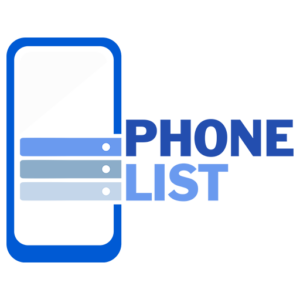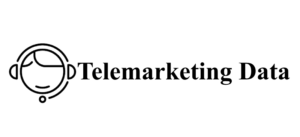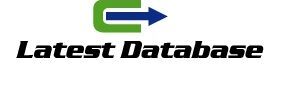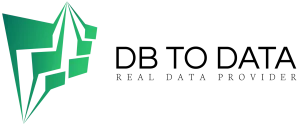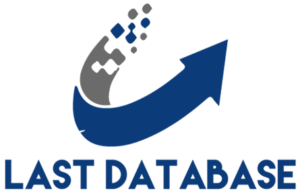As you probably know, here at Rock Content we Creative Designer’s POV aim to bring only what is relevant to marketers and brand owners.
And, like many brands, we have a weekly newsletter to deliver to our readers, straight to the point, everything that happened during the week and how each topic impacts their strategies — we rely on the point of view of our experts in each subject for this.
What sets The Beat apart from any other marketing newsletter, however, is that it is a completely interactive newsletter, built on a platform made for this.
I’m a designer here at Rock Content, and I’m responsible for building The Beat’s interactive editions every week (yes, designer. Not a programmer, not an IT professional. I swear I only know a little bit of HTML and CSS).
As I know that the interactive newsletter concept is not so popular and that perhaps many marketers wonder if it is possible to bring this to their own brands, today I’m going to tell you a little bit about the backstage of The Beat’s production: how the idea came up, which tool we use, what the weekly production process looks like and, extra, why we updated the project in January 2023.
The first sketches of our newsletter
The first issue of The Beat was released in January country email list of 2022, but a lot happened before that first one aired.
The project that inspired the creation of The Beat was The Weekender, from The New York Times. It’s a project that brings together eleven articles selected by NYT editors with news to enjoy over the weekend.
Oh! Ion is Rock Content’s platform for creating content and interactive pages, and the tool we use to build The Beat on a weekly basis. I’ll talk more about that soon. For now, we continue with the initial planning of the newsletter.
Time for the Briefing or the Panic Attack?
Once we defined the objectives and designed the project, it was time to start structuring the ‘face’ of our newsletter. To accomplish that, the content team and I held a briefing meeting to align our expectations for the project.
WOW moment in the last section
As a designer, at this point, my main concern was to develop a layout that could be easily updated and that catered to all the items the content team brought.
Let’s work! Building the layout
Initially, we thought of using one of the Ion templates. But as this project is very personalized, I realized that the best option was for it to have its own layout.
My process
For me, it’s much easier to create and visualize the layout when I draw it in my notebook. Let’s say I make low-fidelity mockups.
As you can see, it’s not very elaborate. It’s actually a simple design, but it helps me visualize how to arrange the different elements on the page.
Remember the list of things we decided The Beat should have? The result looked like this:
Fixed menu on the side
The fixed menu on the side was definitely how to engage with your online fundraising community one of the features that took the most work.
Ion has several features that make it easy to pin an element to the screen. So, I fragmented the layout to adapt to what we needed for The Beat, so I was able to use the tools that Ion itself offers.
In Ion, we work with a grid of 12 columns. The solution found to have the side menu was to use 3 columns for the menu, and, in the other 9 columns, build the content.
Form
There’s not much mystery here, most of our creatives in Ion have a form. We just made sure to have a message confirming that the subscription had been sent and to create a segmentation in our CRM for subscribers.
Space for the editor’s note
Right after the issue’s thailand lists introduction, we have a “cover letter”, a few words from Rock Content’s co-founder, Vitor Peçanha.
This is an extremely simple layout. But to make it a little more attractive and dynamic from one issue to another, we customized Peçanha’s photo, with different background colors, and alternated between them each issue.
Sections with a different layout
When The Beat started, we already knew that when scrolling the page, the reader would realize that the content was varied. And so we decided that the best option was to change the layout.
Interactivity
We are talking about Ion, Rock Content’s tool that facilitates the design of interactive experiences. So, of course, we could not fail to add some moments of interactivity to the newsletter.

